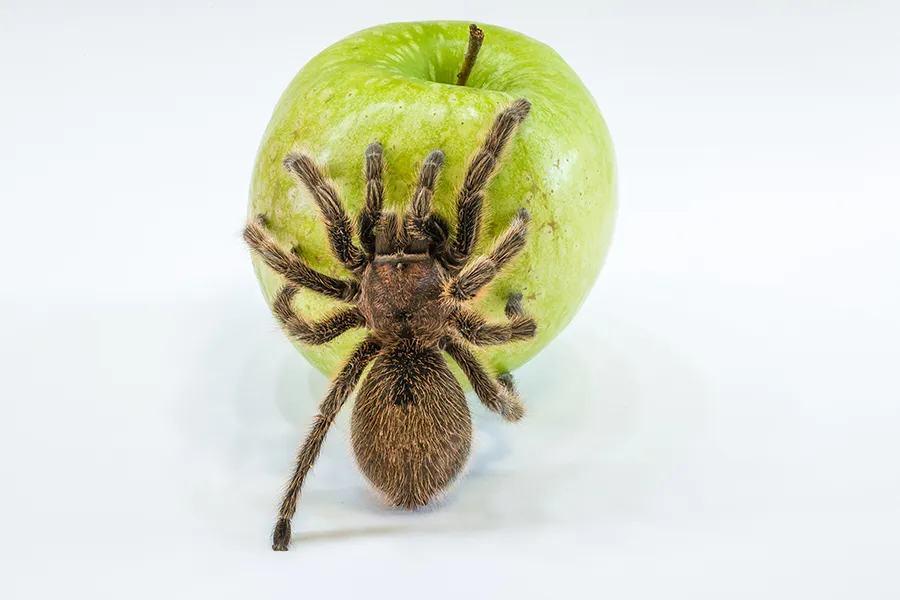What is a Tarantula?
Tarantulas are large, hairy spiders belonging to the Theraphosidae family. These fascinating creatures are found in various habitats worldwide, primarily in tropical and subtropical regions. Known for their impressive size and often striking appearance, tarantulas have captivated the interest of both scientists and hobbyists. They are nocturnal hunters, primarily feeding on insects, though some larger species may also consume small vertebrates like lizards and rodents. With hundreds of different species, tarantulas exhibit a remarkable diversity in size, color, and behavior, making them a captivating subject of study and observation. Understanding the biology of tarantulas, particularly their growth process, provides insights into their survival strategies and ecological roles.
Tarantula Basics
Tarantulas, like all spiders, have an exoskeleton, a hard outer covering that provides protection and support. This exoskeleton does not grow; therefore, tarantulas must shed it periodically in a process called molting to increase in size. They possess eight legs, two chelicerae (fangs), and pedipalps, which they use for sensory purposes and manipulating food. Tarantulas also have spinnerets at the end of their abdomen, which they use to produce silk for various purposes, including creating webs and lining their burrows. Their bodies are divided into two main parts: the cephalothorax (fused head and thorax) and the abdomen. These spiders have a relatively long lifespan compared to many other invertebrates, with some females living for over 20 years in captivity.
Understanding Tarantula Life Cycle
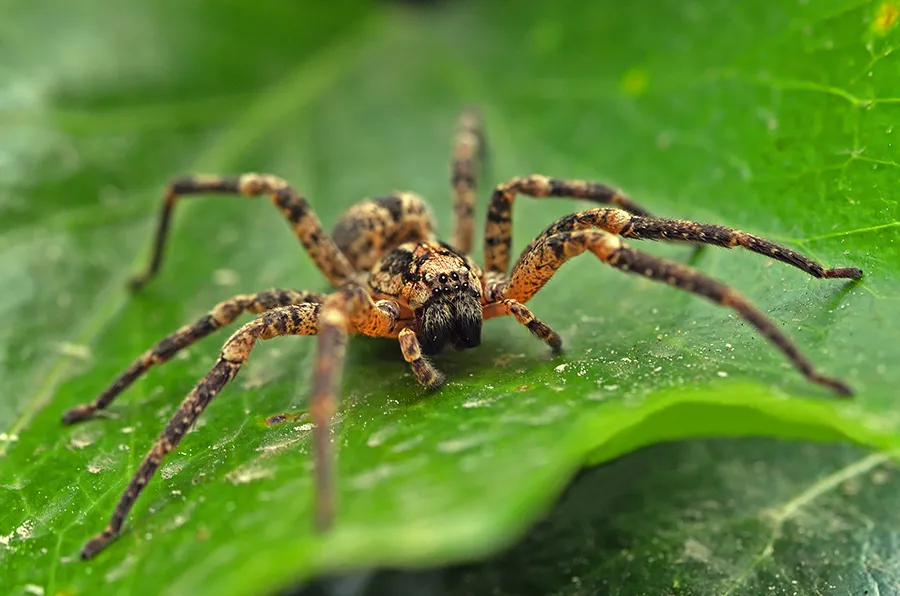
The life cycle of a tarantula is a fascinating process, primarily characterized by growth through molting. It begins with the egg sac, which the female produces and guards until the spiderlings hatch. These tiny spiderlings, resembling miniature versions of adult tarantulas, then undergo several molts as they grow. The number of molts varies depending on the species and environmental conditions. As tarantulas mature, their molting frequency decreases. Factors such as nutrition, temperature, and humidity significantly influence the speed of their development. The life cycle culminates in adulthood, where tarantulas become capable of reproduction. Male tarantulas typically reach maturity faster than females, often engaging in mating rituals before dying shortly thereafter.
The Growth Process Molting
Molting is the fundamental process that allows tarantulas to grow. As the tarantula grows, its exoskeleton becomes restrictive, prompting the need to shed it. This process allows the tarantula to expand its body size. It’s a delicate and energy-intensive process where the tarantula forms a new, larger exoskeleton beneath the old one. Molting frequency decreases as the tarantula ages, with spiderlings molting more frequently than adults. The entire process, from preparing for the molt to the hardening of the new exoskeleton, can take several hours to days, depending on the size and age of the tarantula. During this vulnerable period, tarantulas are defenseless and prone to injury. The process is essential for their survival and growth, marking a significant phase in their lives.
Preparing for Molting
Before molting, tarantulas exhibit several telltale signs. They typically become less active, often retreating to their burrow or hiding place. The tarantula may also stop eating, or their abdomen may appear darker or swollen. You might notice that the old exoskeleton begins to separate from the new one. The tarantula often constructs a web mat, which helps during the molting process and protects the spider. Maintaining proper humidity and temperature levels during this period is crucial for a successful molt. Providing a stress-free environment can help the tarantula. Avoiding disturbances during this critical time will significantly improve the chances of a healthy molt, which is vital for the tarantula’s survival.
The Molting Stage
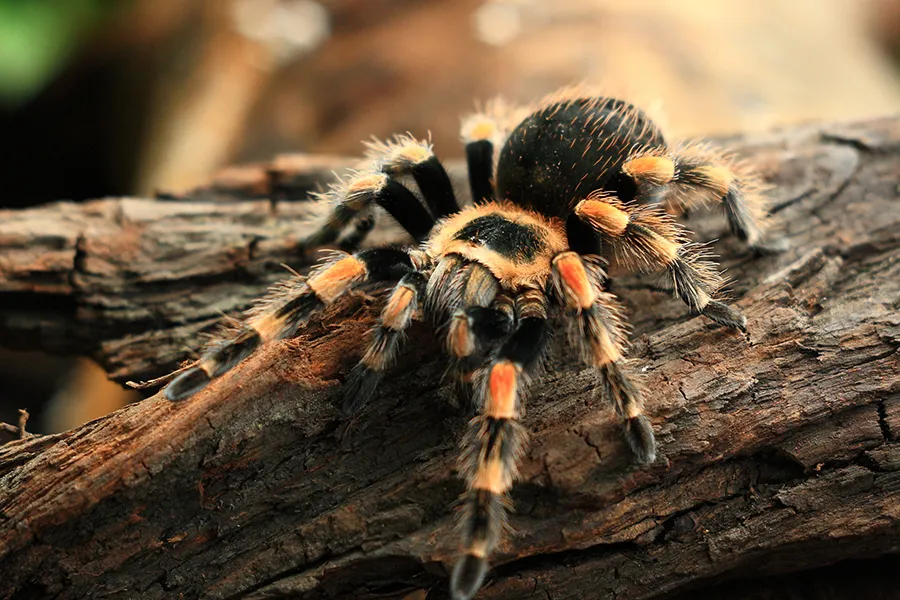
During the molting stage, the tarantula lies on its back, and its exoskeleton splits open, usually along the carapace or the abdomen. The spider then wriggles out of its old skin, a process that can take anywhere from a few minutes to several hours. The new exoskeleton is soft and vulnerable immediately after the molt, and the tarantula is extremely sensitive to touch. Once free of the old exoskeleton, the tarantula will slowly expand its new body by pumping hemolymph (spider blood) into its body. This process allows the tarantula to grow and expand its body size. It’s a delicate process that highlights the tarantula’s ability to adapt and survive. The success of the molt determines its future growth and health.
Post Molting
After molting, the tarantula’s new exoskeleton is soft and pliable. The spider will remain in hiding, and this is the most vulnerable time for the tarantula. Over several days, the exoskeleton hardens. During this period, the tarantula will gradually regain its strength and color. The tarantula’s fangs and other body parts are now sharp and ready to function correctly. It will typically resume eating once its fangs have hardened. The molting process refreshes the spider’s appearance, often displaying brighter colors or patterns. Proper care and a stable environment during the post-molt period are critical to ensure that the tarantula recovers completely and continues to thrive.
Factors Influencing Growth
Several factors influence a tarantula’s growth rate. Proper nutrition is critical, including a diet rich in insects. Environmental conditions also play a vital role. Maintaining an appropriate temperature and humidity level for the species is very important. Genetics also come into play, as different species have different growth rates. The frequency of feeding affects growth, and overfeeding can cause the tarantula to molt more frequently. Providing adequate space and a stress-free environment is also key to supporting healthy growth. Careful monitoring and providing the right conditions can help ensure that the tarantula reaches its full potential.
Feeding and Nutrition
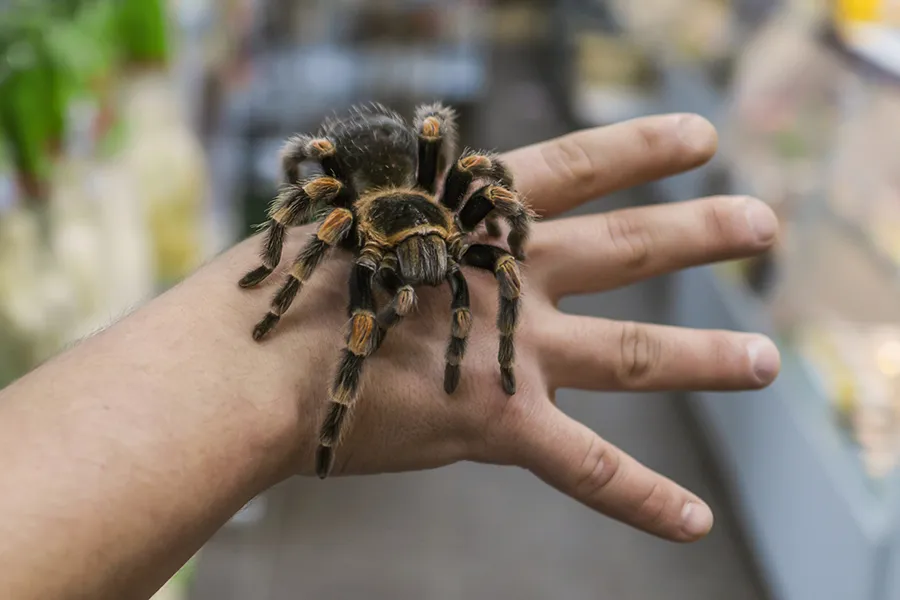
A balanced diet is essential for tarantula growth. Tarantulas primarily feed on insects, such as crickets, roaches, and mealworms. The size and frequency of feeding depend on the tarantula’s size and age. Young tarantulas, or spiderlings, require frequent feeding, while adults can eat less often. Providing a variety of insects ensures they receive essential nutrients. It is important to avoid overfeeding, which can stress the spider and negatively impact its health. Always make sure that the prey is smaller than the tarantula and has not been exposed to pesticides. Fresh water should always be available. Proper nutrition promotes healthy molting and contributes to the overall well-being and growth of the tarantula.
Environmental Conditions
Creating the right environment is key to tarantula growth. The temperature and humidity levels must be tailored to the species’ natural habitat. Use a hygrometer and thermometer to monitor these conditions. Provide a suitable substrate for burrowing and hiding, such as coconut fiber or peat moss. This is important for their well-being. A secure enclosure prevents escapes. The enclosure should be large enough to accommodate the tarantula’s growth. Avoiding unnecessary disturbances and providing hiding places reduces stress and promotes healthy molting. A well-maintained environment contributes to the spider’s ability to thrive, helping it to molt regularly and grow into a healthy adult.
Growth Stages of Tarantulas
Tarantulas go through several distinct growth stages. Each stage is marked by specific characteristics and behaviors. The journey from a tiny spiderling to a fully grown adult is a remarkable transformation. Understanding these stages helps tarantula keepers provide appropriate care and observe the spider’s development. Proper care at each stage is vital for the tarantula’s health and life expectancy. Each stage showcases the incredible adaptations and survival strategies of these fascinating creatures.
Spiderling Stage
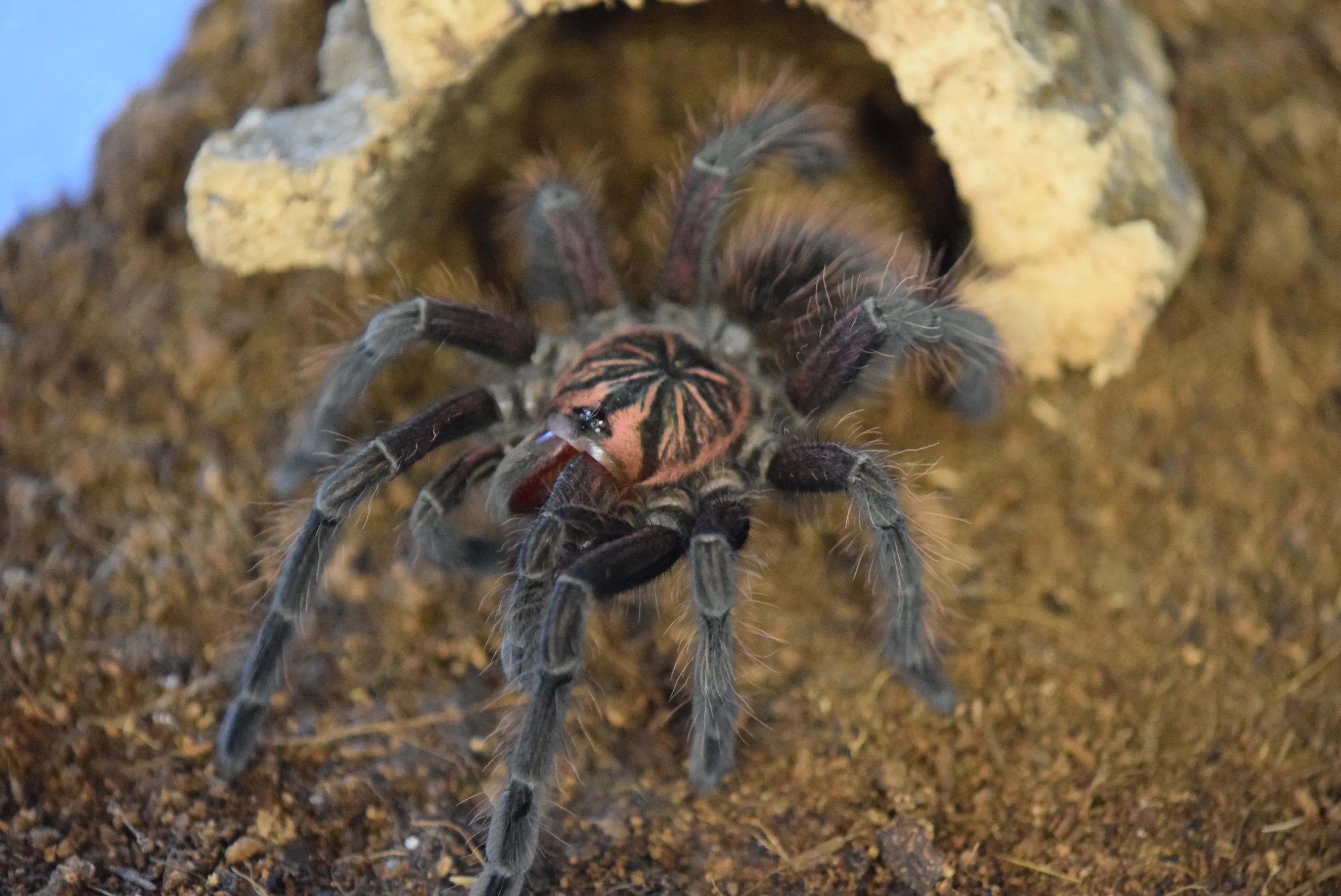
The spiderling stage is the earliest phase of a tarantula’s life. These tiny spiders resemble miniature adults and undergo frequent molts as they grow rapidly. Spiderlings require a secure, humid environment and small prey. They are vulnerable and require careful handling. Frequent feeding is crucial. Spiderlings are sensitive to changes in their environment. Keeping the enclosure clean and providing appropriate substrate and hiding places are very important. This stage is crucial for establishing a strong foundation for future growth, and proper care during this stage significantly impacts their health.
Juvenile Stage
As the tarantula grows, it enters the juvenile stage. During this phase, tarantulas continue to molt regularly and increase in size. They develop more complex behaviors and feeding habits. Juveniles benefit from increased enclosure size and varied prey. At this stage, you can provide a larger prey than you would for a spiderling. This is the period of most rapid growth. Providing adequate space and a stable environment reduces stress and promotes successful molting. The juvenile stage provides a good time to see the spider’s personality and how it adapts to its environment. This is a critical time for physical development and preparing for adulthood.
Sub-Adult Stage
The sub-adult stage marks the transition to adulthood. Growth rate slows, and molting frequency decreases. The tarantula begins to display adult characteristics, like mature coloration. This stage can provide a good opportunity to determine the sex of the tarantula. Males will begin to develop the characteristic pedipalps. During this period, the tarantula requires a larger enclosure. Proper care and feeding remain important for overall health. This is an important stage that prepares the tarantula for mating and reproduction.
Adult Stage
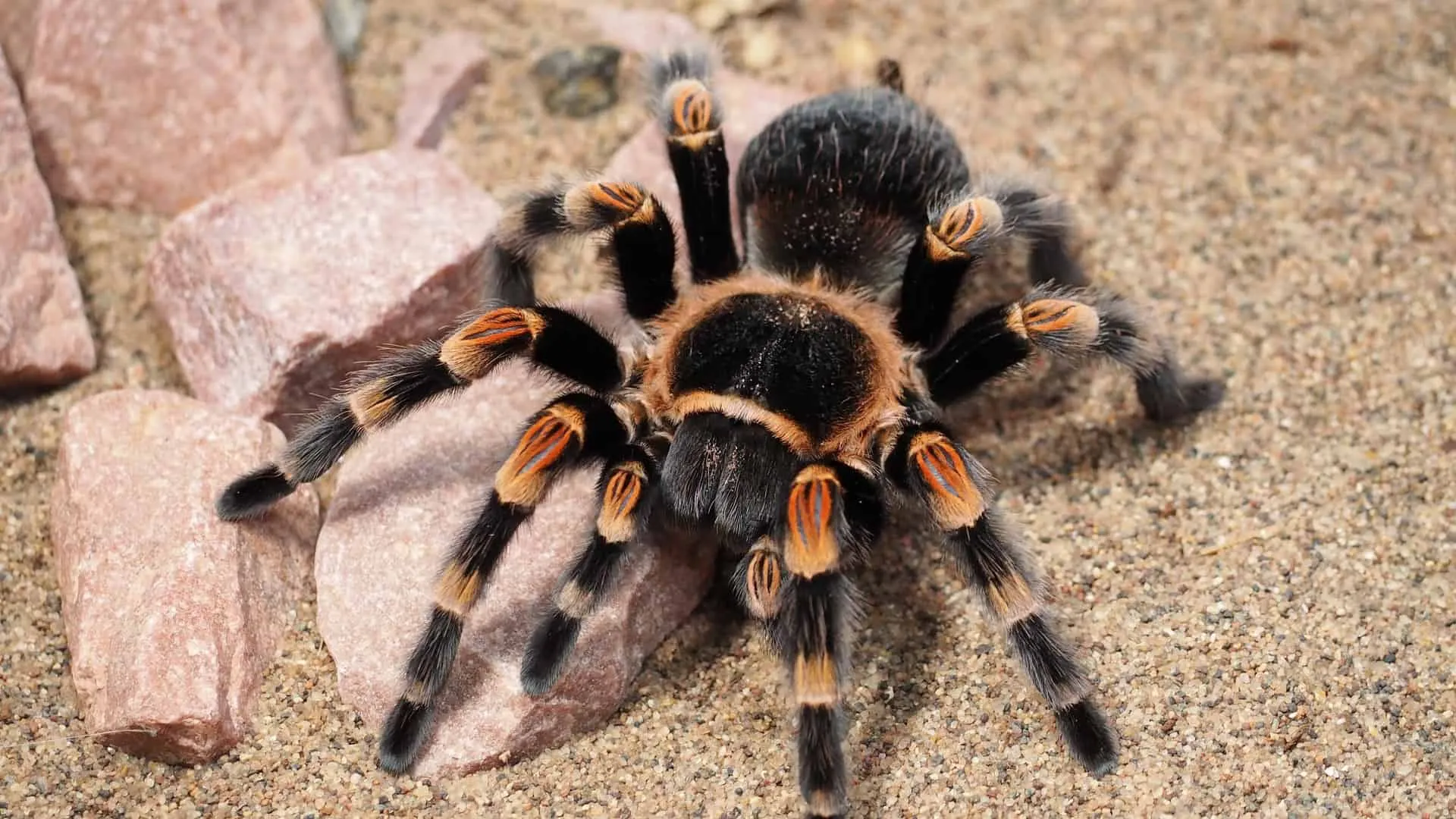
In the adult stage, tarantulas reach their full size and are capable of reproduction. Molting becomes less frequent, often only once a year or less. The tarantula exhibits mature coloration and behaviors. Females can live for many years, while males typically die after mating. Providing a suitable environment, including proper temperature, humidity, and a varied diet, is important for long-term health. The adult stage is a testament to the tarantula’s life cycle, its ability to survive, and its role in its ecosystem. This is the final stage of the tarantula’s life.
Signs of a Healthy Tarantula
Recognizing the signs of a healthy tarantula is key to providing proper care. A healthy tarantula will be active and alert, exhibiting normal behaviors such as hunting and web-building. Its abdomen should be plump. The tarantula should be feeding regularly and molting successfully. Check for any abnormalities in the exoskeleton, such as damage or discoloration. Make sure the tarantula has clear, clean appendages and fangs. Providing the right environment, including appropriate temperature and humidity, is crucial for its overall health. Observing these signs will help to ensure that your tarantula is thriving.
What to Watch For
Regularly observing your tarantula can help you identify potential health issues. Look for changes in behavior, such as lethargy, loss of appetite, or erratic movements. Check for signs of injury or damage to the exoskeleton. Make sure the enclosure is clean and free from pests. Monitoring the humidity and temperature levels helps identify any environmental issues. If you see any of these signs, make sure to take action immediately. Consulting with an expert or experienced keeper can provide guidance. Early detection and treatment of any health problems are essential for the tarantula’s well-being and longevity.
Common Issues
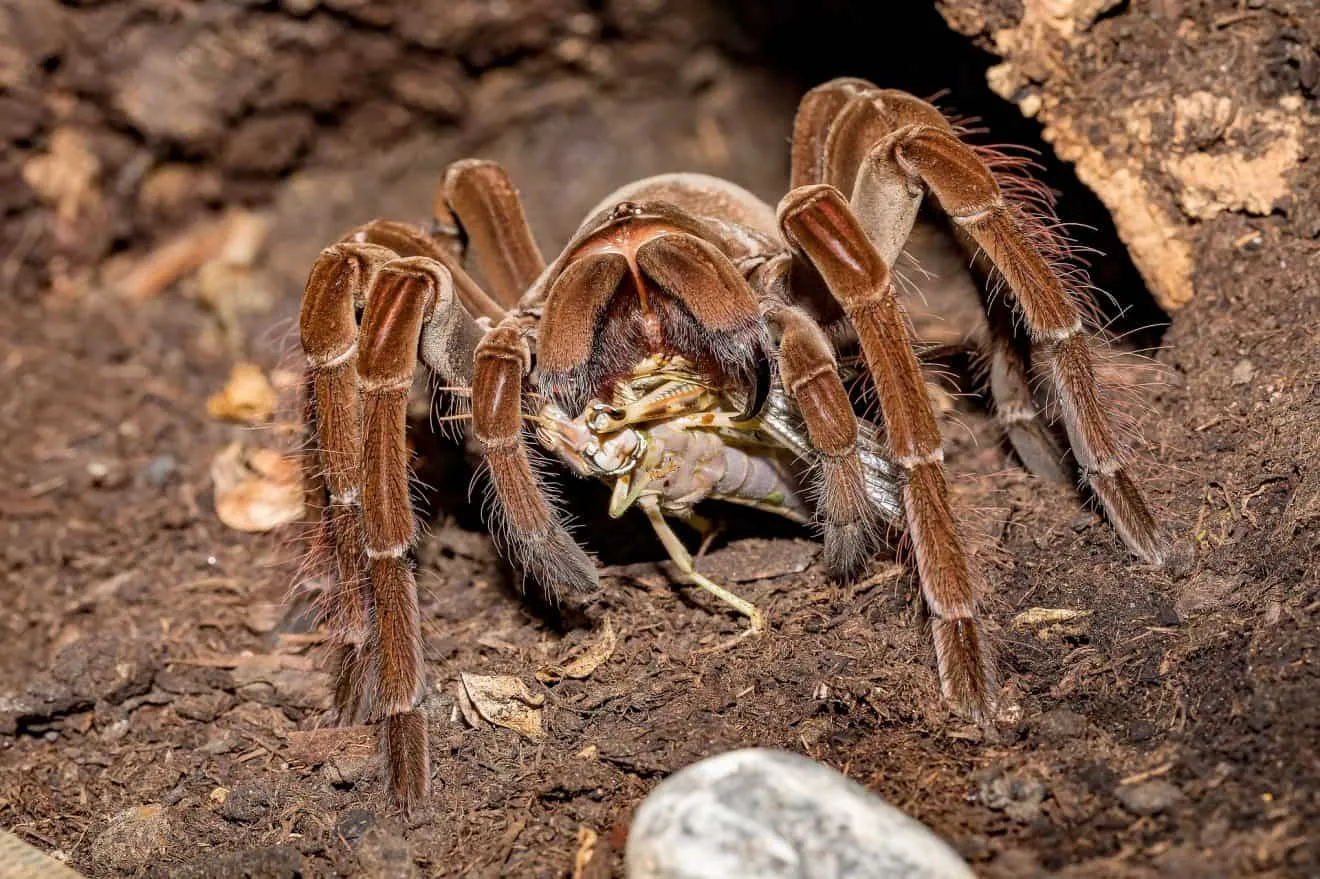
Tarantulas can experience certain health problems. Common issues include mites, which can infest the tarantula’s body, and fungal infections, which are often caused by improper humidity. A tarantula can experience difficulty molting, which can be a sign of poor environmental conditions or a lack of nutrients. Providing proper ventilation and maintaining appropriate humidity levels is very important for prevention. Quarantine new tarantulas and examine them carefully before introducing them to your collection. Consulting an experienced keeper or veterinarian can help diagnose and treat these issues. Taking quick action is critical to ensure a tarantula’s health.
